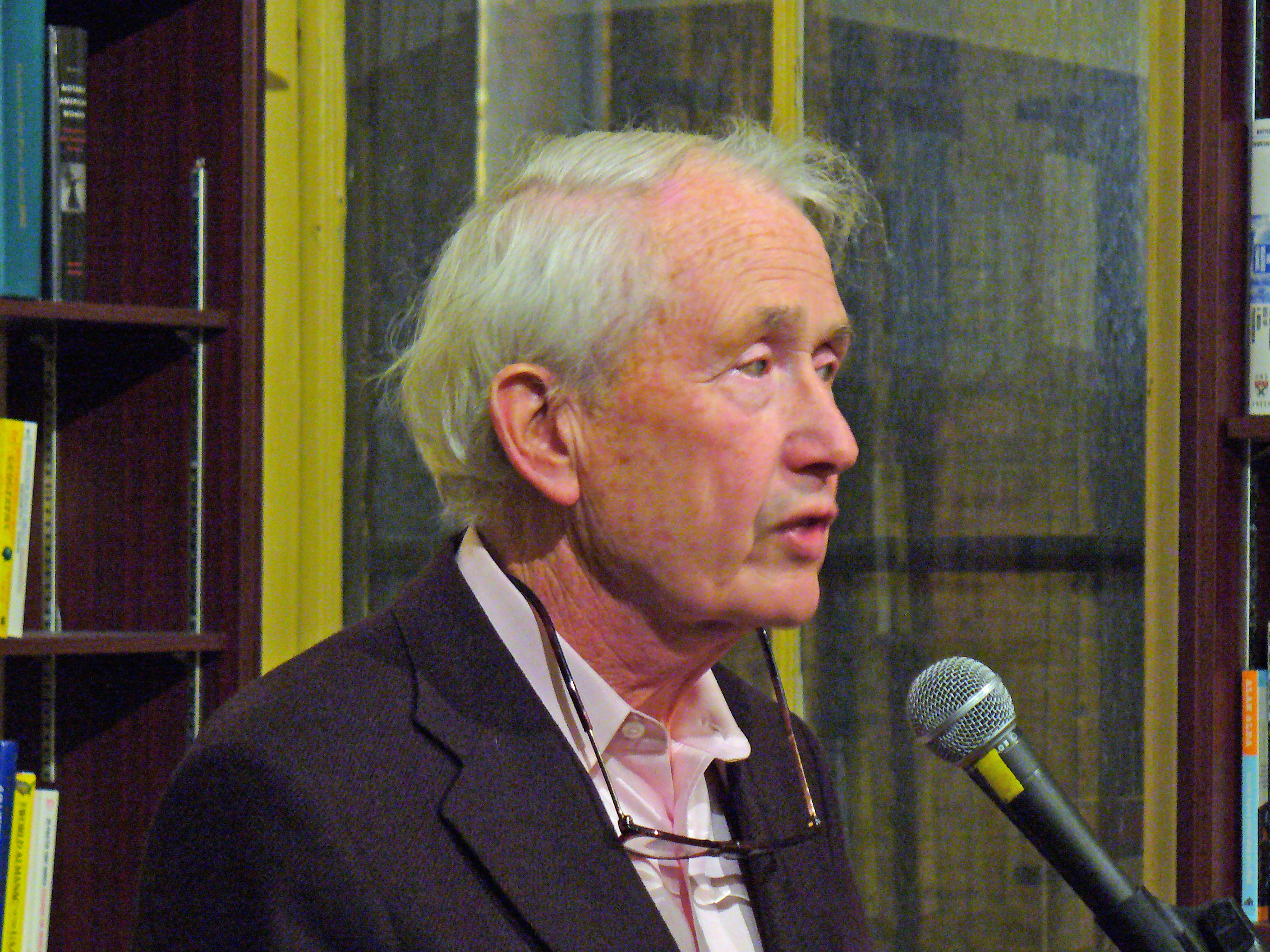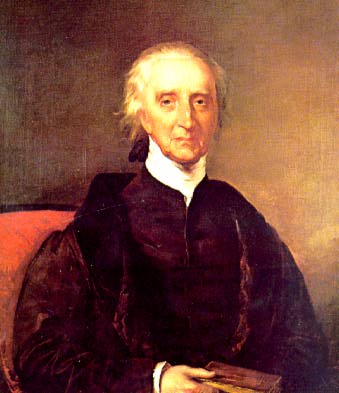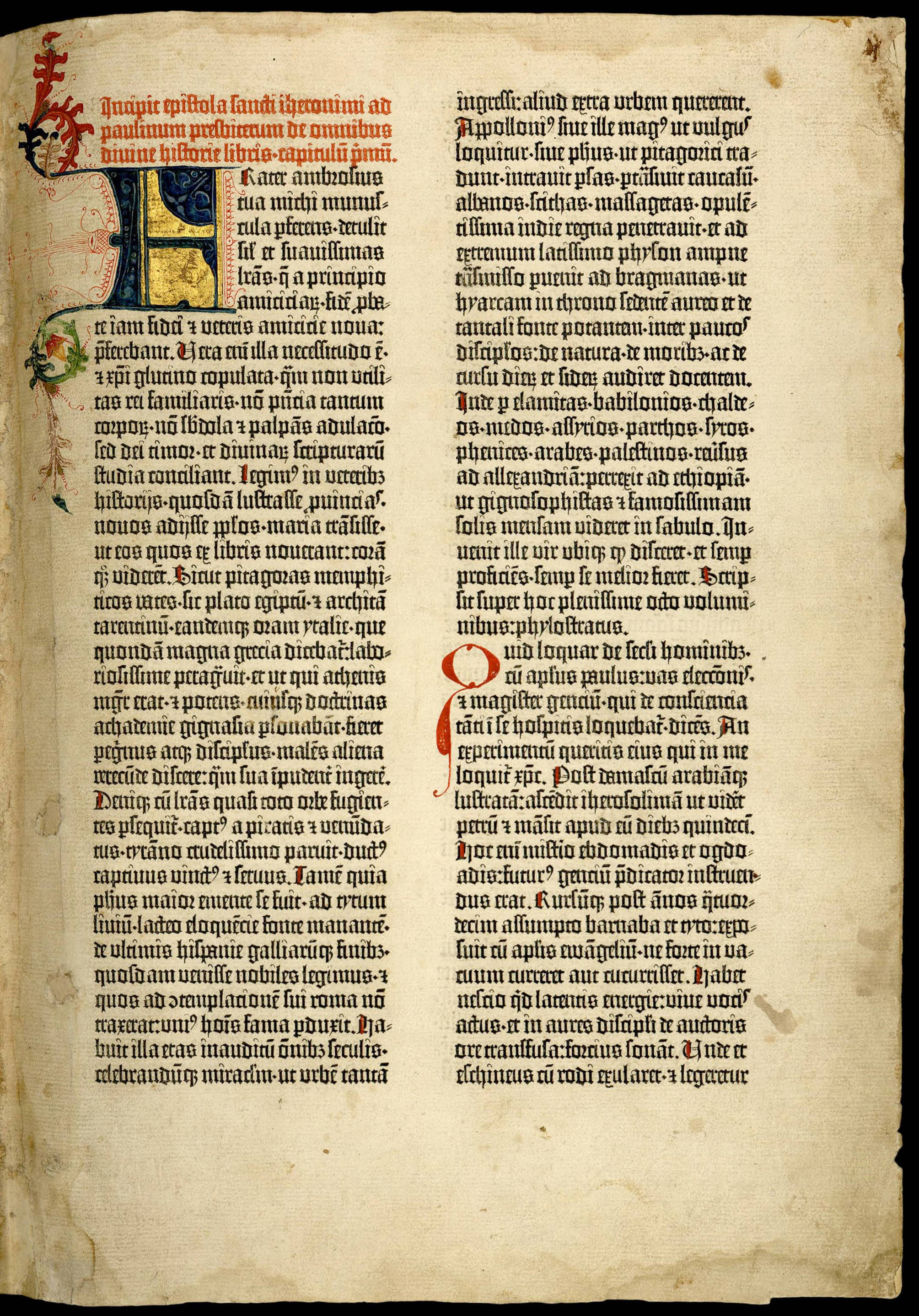|
Eats, Shoots And Leaves
''Eats, Shoots & Leaves: The Zero Tolerance Approach to Punctuation'' is a non-fiction book written by Lynne Truss, the former host of BBC Radio 4's ''Cutting a Dash'' programme. In the book, published in 2003, Truss bemoans the state of punctuation in the United Kingdom and the United States and describes how rules are being relaxed in today's society. Her goal is to remind readers of the importance of punctuation in the English language by mixing humour and instruction. Truss dedicates the book "to the memory of the striking Bolshevik printers of St. Petersburg who, in 1905, demanded to be paid the same rate for punctuation marks as for letters, and thereby directly precipitated the first Russian Revolution": she added this dedication as an afterthought after remembering the factoid when reading one of her radio plays. Overview There is one chapter each on apostrophes; commas; semicolons and colons; exclamation marks, question marks and quotation marks; italic ... [...More Info...] [...Related Items...] OR: [Wikipedia] [Google] [Baidu] |
Lynne Truss
Lynne Truss (born 31 May 1955) is an English author, journalist, novelist, and radio broadcaster and dramatist. She is arguably best known for her championing of correctness and aesthetics in the English language, which is the subject of her popular and widely discussed 2003 book, '' Eats, Shoots & Leaves: The Zero Tolerance Approach to Punctuation''. The book was inspired by a BBC Radio 4 show about punctuation, ''Cutting a Dash'', which she presented. Besides her promotion of linguistic prescription and commentary on English grammar, Truss has written many radio plays, both comedic and dramatic. She has also written grammar guides for children and novels. Early life Truss was born on 31 May 1955 in Kingston upon Thames. She was educated at the Tiffin Girls' School; and University College London, where she was awarded a first-class degree in English Language and Literature. Career Truss began her media career as a literary editor. She then spent six years as a television cri ... [...More Info...] [...Related Items...] OR: [Wikipedia] [Google] [Baidu] |
Colon (punctuation)
The colon is a punctuation mark consisting of two equally sized dots aligned vertically. A colon often precedes an explanation, a list, or a quoted sentence. It is also used between hours and minutes in time, between certain elements in medical journal citations, Chapters and verses of the Bible, chapter and verse in Bible citations, and, in the US, for salutations in business letters and other formal letter, formal letter writing. History In Ancient Greek, in rhetoric and meter (poetry), prosody, the term (', 'limb, member of a body') did not refer to punctuation, but to a member or section of a complete thought or passage; see also ''Colon (rhetoric)''. From this usage, in palaeography, a colon is a clause or group of clauses written as a line in a manuscript.''Oxford English Dictionary'', 1st ed. "colon, ''n.²''" Oxford University Press (Oxford), 1891. In the 3rd century BC, Aristophanes of Byzantium is alleged to have devised Greek punctuation, a punctuation system, in ... [...More Info...] [...Related Items...] OR: [Wikipedia] [Google] [Baidu] |
Frank McCourt
Francis McCourt (August 19, 1930July 19, 2009) was an Irish-American teacher and writer. He won a Pulitzer Prize for his book ''Angela's Ashes'', a tragicomic memoir of the misery and squalor of his childhood. Early life and education Frank McCourt was born in New York City's Brooklyn borough, on August 19, 1930, the eldest child of Irish Catholic immigrants Malachy Gerald McCourt, Sr. (March 31, 1901January 11, 1985), of Toome, County Antrim, Northern Ireland, who was aligned with the IRA during the Irish War of Independence, and Angela Sheehan (January 1, 1908December 27, 1981) from Limerick. Frank McCourt lived in New York with his parents and four younger siblings: Malachy, born in 1931; twins Oliver and Eugene, born in 1932; and a younger sister, Margaret, who died just 21 days after birth, on March 5, 1934. In fall of 1934 in the midst of the Great Depression, the family moved back to Ireland. Frank was 4 years old. His brother Malachy was 3 and the twins were 2 years old ... [...More Info...] [...Related Items...] OR: [Wikipedia] [Google] [Baidu] |
Irish Americans
, image = Irish ancestry in the USA 2018; Where Irish eyes are Smiling.png , image_caption = Irish Americans, % of population by state , caption = Notable Irish Americans , population = 36,115,472 (10.9%) alone or in combination 10,899,442 (3.3%) Irish alone 33,618,500(10.1%) alone or in combination 9,919,263 (3.0%) Irish alone , popplace = Boston New York City Scranton Philadelphia New Orleans Pittsburgh Cleveland Chicago Baltimore Detroit Milwaukee Louisville New England Delaware Valley Coal Region Los Angeles Las Vegas Atlanta Sacramento San Diego Houston Dallas San Francisco Palm Springs, California Fairbanks and most urban areas , langs = English ( American English dialects); a scant speak Irish , rels = Protestant (51%) Catholic (36%) Other (3%) No religion (10%) (2006) , related = Anglo-Irish people Breton Americans Cornish Americans English Americans Irish Au ... [...More Info...] [...Related Items...] OR: [Wikipedia] [Google] [Baidu] |
Email
Electronic mail (email or e-mail) is a method of exchanging messages ("mail") between people using electronic devices. Email was thus conceived as the electronic ( digital) version of, or counterpart to, mail, at a time when "mail" meant only physical mail (hence '' e- + mail''). Email later became a ubiquitous (very widely used) communication medium, to the point that in current use, an email address is often treated as a basic and necessary part of many processes in business, commerce, government, education, entertainment, and other spheres of daily life in most countries. ''Email'' is the medium, and each message sent therewith is also called an ''email.'' The term is a mass noun. Email operates across computer networks, primarily the Internet, and also local area networks. Today's email systems are based on a store-and-forward model. Email servers accept, forward, deliver, and store messages. Neither the users nor their computers are required to be online simult ... [...More Info...] [...Related Items...] OR: [Wikipedia] [Google] [Baidu] |
Grammar
In linguistics, the grammar of a natural language is its set of structure, structural constraints on speakers' or writers' composition of clause (linguistics), clauses, phrases, and words. The term can also refer to the study of such constraints, a field that includes domains such as phonology, morphology (linguistics), morphology, and syntax, often complemented by phonetics, semantics, and pragmatics. There are currently two different approaches to the study of grammar: traditional grammar and Grammar#Theoretical frameworks, theoretical grammar. Fluency, Fluent speakers of a variety (linguistics), language variety or ''lect'' have effectively internalized these constraints, the vast majority of which – at least in the case of one's First language, native language(s) – are language acquisition, acquired not by conscious study or language teaching, instruction but by hearing other speakers. Much of this internalization occurs during early childhood; learning a language later ... [...More Info...] [...Related Items...] OR: [Wikipedia] [Google] [Baidu] |
Hyphen
The hyphen is a punctuation mark used to join words and to separate syllables of a single word. The use of hyphens is called hyphenation. ''Son-in-law'' is an example of a hyphenated word. The hyphen is sometimes confused with dashes (figure dash , en dash , em dash , Horizontal bar (punctuation), horizontal bar ), which are longer and have different uses, or with the minus sign , which is also longer and more vertically centred in some typefaces. Although hyphens are not to be confused with en dashes, there are some overlaps in #Use in English, usage (in which either a hyphen or an en dash may be acceptable, depending on user preference, as #En dash, hyphen, or either one, discussed below). In addition, the hyphen often substitutes for the en dash elsewhere in informal writing. As an Orthography, orthographic concept, the hyphen is a single entity. In terms of character encoding and display, it is represented by any of several character (computing), characters and glyphs, inc ... [...More Info...] [...Related Items...] OR: [Wikipedia] [Google] [Baidu] |
Emoticon
An emoticon (, , rarely , ), short for "emotion icon", also known simply as an emote, is a pictorial representation of a facial expression using Character (symbol), characters—usually punctuation marks, numbers, and letters—to express a person's feelings, mood or reaction, or as a time-saving method. The first ASCII emoticons are generally credited to computer scientist Scott Fahlman, who proposed what came to be known as "smileys":-) and :-(in a message on the bulletin board system (BBS) of Carnegie Mellon University in 1982. In Western countries, emoticons are usually written at a right angle to the direction of the text. Users from Japan popularized a kind of emoticon called kaomoji, utilizing the larger character sets required for Japanese, that can be understood without tilting one's head to the left. This style arose on ASCII NET of Japan in 1986. As SMS mobile text messaging and the Internet became widespread in the late 1990s, emoticons became increasingly popula ... [...More Info...] [...Related Items...] OR: [Wikipedia] [Google] [Baidu] |
Ellipsis
The ellipsis (, also known informally as dot dot dot) is a series of dots that indicates an intentional omission of a word, sentence, or whole section from a text without altering its original meaning. The plural is ellipses. The term originates from the grc, ἔλλειψις, meaning 'leave out'. Opinions differ as to how to render ellipses in printed material. According to ''The Chicago Manual of Style'', it should consist of three periods, each separated from its neighbor by a non-breaking space: . According to the ''AP Stylebook'', the periods should be rendered with no space between them: . A third option is to use the Unicode character U+2026 . Background The ellipsis is also called a suspension point, points of ellipsis, periods of ellipsis, or (colloquially) "dot-dot-dot".. According to Toner it is difficult to establish when the "dot dot dot" phrase was first used. There is an early instance, which is perhaps the first in a piece of fiction, in Virginia Woolf's ... [...More Info...] [...Related Items...] OR: [Wikipedia] [Google] [Baidu] |
Bracket
A bracket is either of two tall fore- or back-facing punctuation marks commonly used to isolate a segment of text or data from its surroundings. Typically deployed in symmetric pairs, an individual bracket may be identified as a 'left' or 'right' bracket or, alternatively, an "opening bracket" or "closing bracket", respectively, depending on the directionality of the context. Specific forms of the mark include parentheses (also called "rounded brackets"), square brackets, curly brackets (also called 'braces'), and angle brackets (also called 'chevrons'), as well as various less common pairs of symbols. As well as signifying the overall class of punctuation, the word "bracket" is commonly used to refer to a specific form of bracket, which varies from region to region. In most English-speaking countries, an unqualified word "bracket" refers to the parenthesis (round bracket); in the United States, the square bracket. Various forms of brackets are used in mathematics, with s ... [...More Info...] [...Related Items...] OR: [Wikipedia] [Google] [Baidu] |
Dash
The dash is a punctuation mark consisting of a long horizontal line. It is similar in appearance to the hyphen but is longer and sometimes higher from the baseline. The most common versions are the endash , generally longer than the hyphen but shorter than the minus sign; the emdash , longer than either the en dash or the minus sign; and the horizontalbar , whose length varies across typefaces but tends to be between those of the en and em dashes. History In the early 1600s, in Okes-printed plays of William Shakespeare, dashes are attested that indicate a thinking pause, interruption, mid-speech realization, or change of subject. The dashes are variously longer (as in King Lear reprinted 1619) or composed of hyphens (as in Othello printed 1622); moreover, the dashes are often, but not always, prefixed by a comma, colon, or semicolon. In 1733, in Jonathan Swift's ''On Poetry'', the terms ''break'' and ''dash'' are attested for and marks: Blot out, correct, insert, ... [...More Info...] [...Related Items...] OR: [Wikipedia] [Google] [Baidu] |
Italic Type
In typography, italic type is a cursive font based on a stylised form of calligraphic handwriting. Owing to the influence from calligraphy, italics normally slant slightly to the right. Italics are a way to emphasise key points in a printed text, to identify many types of creative works, to cite foreign words or phrases, or, when quoting a speaker, a way to show which words they stressed. One manual of English usage described italics as "the print equivalent of Underline, underlining"; in other words, underscore in a manuscript directs a typesetter to use italic. The name comes from the fact that calligraphy-inspired typefaces were first designed in Italy, to replace documents traditionally written in a handwriting style called chancery hand. Aldus Manutius and Ludovico Arrighi (both between the 15th and 16th centuries) were the main type designers involved in this process at the time. Along with blackletter and Roman type, it served as one of the major typefaces in the history ... [...More Info...] [...Related Items...] OR: [Wikipedia] [Google] [Baidu] |
%2C_15th_century_(The_S.S._Teacher's_Edition-The_Holy_Bible_-_Plate_XII%2C_1).jpg)






